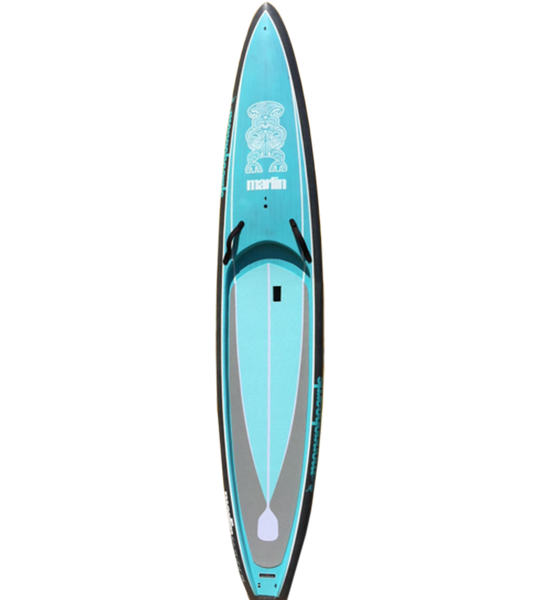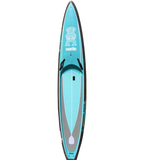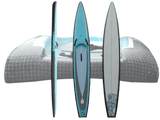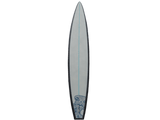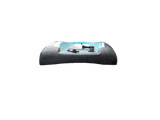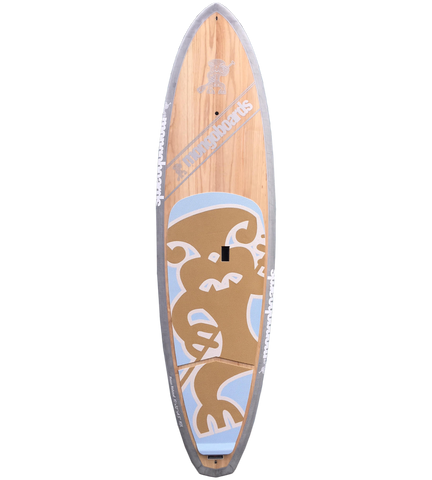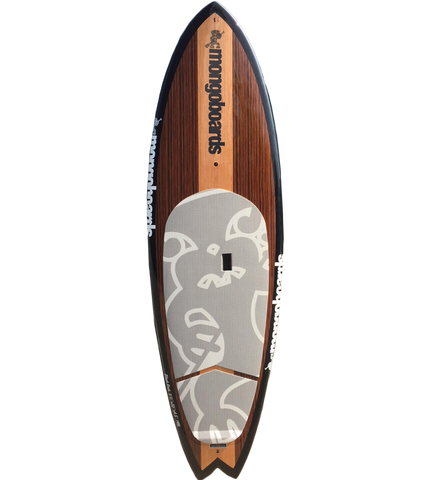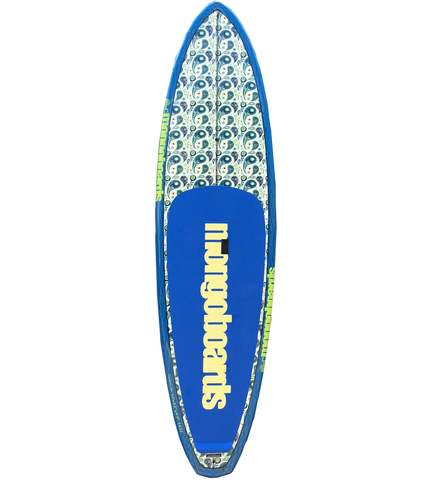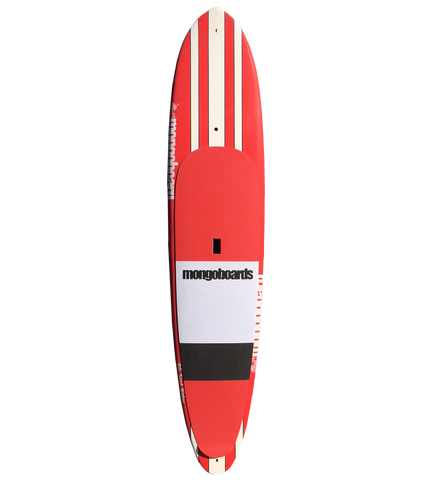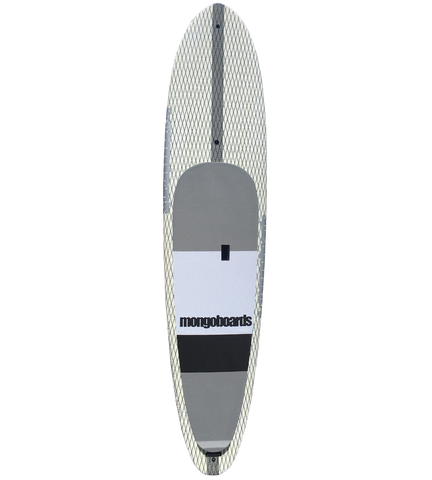14' Marlin Touring/Racing SUP
Previous NextThe latest and greatest in our Mongo SUP Race/Touring range.
- Deeper recessed deck giving great stability
- For experienced paddlers & those looking to race/cruise
- Scratch resistant carbon/ innegra rails
- Strap carry handles for race & every day use.
- Added concave to the bottom giving overall speed & performance increase
- Full carbon fibre
-...
The latest and greatest in our Mongo SUP Race/Touring range.
- Deeper recessed deck giving great stability
- For experienced paddlers & those looking to race/cruise
- Scratch resistant carbon/ innegra rails
- Strap carry handles for race & every day use.
- Added concave to the bottom giving overall speed & performance increase
- Full carbon fibre
- 3 x Go-Pro mounts, front, middle and back.
- At 299ltrs this board is suitable for riders of all shapes and sizes.
| Length | Width | Thickness | Litres | Materials | Rails | Finish |
| 12'6 | 27 | 8 | 309 | Carbon | Carbon innergra | Matt |
| 12'6 | 30 | 8 | 315 | Carbon | Carbon innergra | Matt |
| 14' | 26 | 7 11/16 | 269 | Caron | Carbon innergra | Matt |

Choosing Correct Size Stand Up Paddle Board.
The answer to this question will be based on your weight and paddle boarding experience. Think of your ideal board size in terms of volume. The wider, longer and thicker the board, the more volume it will have. In fact, the more volume the board has, the more stable it will be on the water.
The overall buoyancy of a stand up paddle board or SUP is affected by its length, thickness and width. It is listed as board volume and is measured in litres.

- LENGTH
A longer board will generally go faster and straighter. With a longer board, you’ll get more paddle strokes per side before you have to cross over to the other side to keep the board going straight.
- THICKNESS
This can add volume to a board without adding extra length or width. Too much result’s in the board sitting above the water and too little will cause the board to sit too deep in the water. Keep in mind, the ocean has more buoyancy than freshwater lakes and rivers.
- WIDTH
A wider board will feel more stable but will glide slower. A narrower board will glide faster but can become unstable in windy/choppy water. Width can add necessary volume but at the cost of performance. 30” wide is a good starting point.

It’s important to select a board with enough buoyancy to float your body weight sufficiently because the lower the board sits in the water the less stable it becomes. A lighter person will float higher and therefore be more stable than a heavier person
Recommended SUP Volume Chart
Beginner: 200% of your body weight in (kg) e.g. 70kg x 2 = 140L (litres)
Intermediate: 170% of your body weight in (kg) e.g. 70kg x 1.7 = 102L
Advanced: 130% of your body weight in (kg) e.g. 70kg x 1.3 = 91L
This table should only be used as a guide. For further information and a more approximate volume please call Mick or Alice on 0450080566. Experience, and conditions will affect these numbers.

